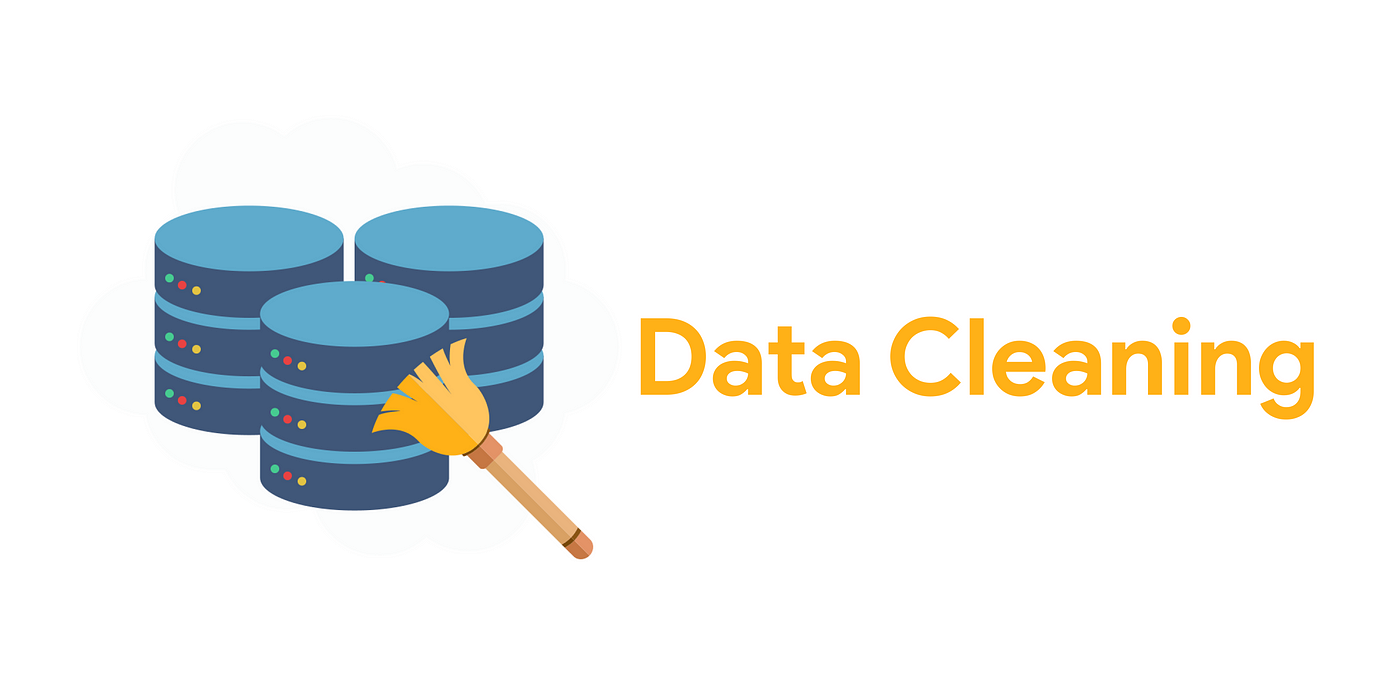Data Cleaning Methods
Significance of Data Cleaning
1. Handling Missing Values
Missing values are a common occurrence in datasets and can significantly impact the analysis. There are various methods for handling missing values, including:
- Deletion: Removing instances with missing values can be done if the missing values are minimal and do not affect the overall integrity of the data.
- Imputation: This involves replacing missing values with substituted values. Popular imputation techniques include mean imputation (using the mean value of the variable), regression imputation (using predictions from a regression model), or k-nearest neighbor imputation (using values from similar instances).
2. Dealing with Outliers
Outliers are extreme values that deviate significantly from the rest of the data. They can affect the distribution and statistical summaries, leading to a skewed analysis. Some methods to handle outliers include:
- Identification:Using statistical techniques to identify potential outliers, such as Z-score analysis or box plots.
- Transformation: Applying mathematical transformations like logarithmic or exponential transformations to normalize the distribution of the data.
- Capping:Replacing extreme values with a predetermined threshold value to prevent them from unduly influencing the analysis.
3. Standardizing and Normalizing Data
To ensure fair comparisons and achieve consistency across different variables, it is often necessary to standardize or normalize the data. This involves transforming variables to have a consistent range, mean, and standard deviation. Standardization is typically used for variables that have different units of measurement, while normalization is used to bring variables within a specific range, such as 0 to 1.
4. Removing Duplicates
Duplicate entries can skew analysis and produce erroneous results. To address this, duplicate values need to be identified and removed from the dataset. Common techniques for identifying duplicates include comparing unique identifiers or key fields and employing algorithms like hash functions or advanced matching algorithms.
5. Handling Inconsistent Data Formatting
Inconsistent data formatting can create challenges during analysis. Data may be in different units, codes, or formats, making it difficult to compare or merge variables. To achieve consistency, methods such as string matching, pattern matching, or regular expressions can be used to standardize the data format.
6. Addressing Data Integrity Issues
Data integrity issues, such as referential integrity, ensure that relationships between different entities (tables) in a database are maintained accurately. Techniques such as join operations, verifying foreign key constraints, or using integrity rules can help identify and rectify data integrity issues.
Data cleaning is integral to the analysis process, as it ensures the reliability and accuracy of results. Some key reasons why data cleaning is significant include:
- Improved Analysis:Cleaning data leads to accurate analysis by removing biases, errors, or inconsistencies that could skew results.
- Trusted Decision Making: Reliable and accurate data enables organizations to make informed decisions confidently, ensuring their actions align with the insights gained from data analysis.
- Reduced Errors and Costs: Data cleaning helps save time, effort, and resources that would otherwise be spent on erroneous or faulty analysis, preventing potential costly mistakes.
Conclusion
Data cleaning is an essential step in the data analysis pipeline, ensuring the reliability, accuracy, and quality of data. By employing appropriate data cleaning methods, such as handling missing values, addressing outliers, standardizing data, eliminating duplications, and addressing formatting and integrity issues, analysts can obtain trustworthy insights that lead to meaningful and informed decision making. Investing time and effort in data cleaning is essential for extracting the full value of data and deriving accurate and reliable conclusions. Know more with our best Software Training Institute in Kerala.

